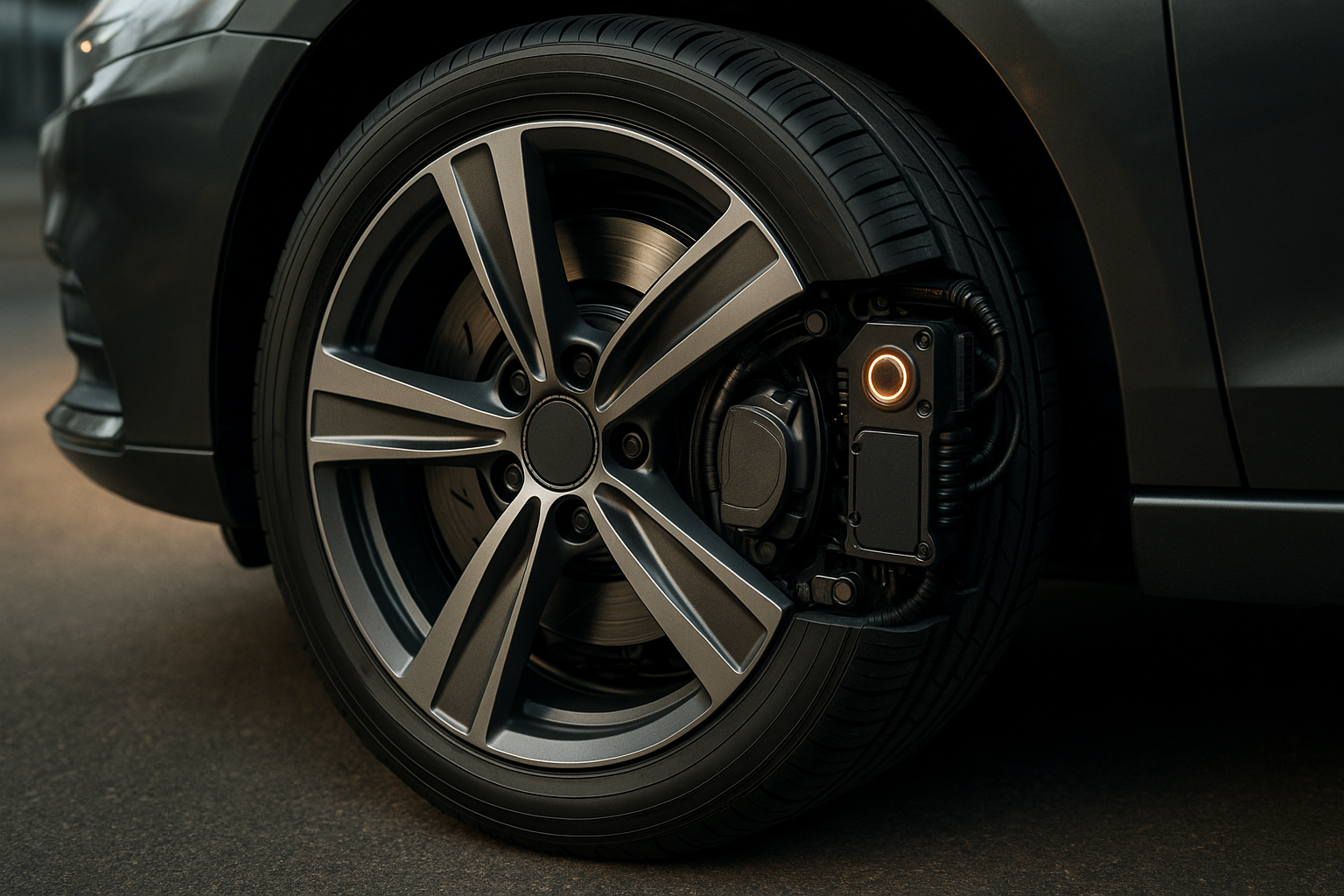Reinventing the Wheel: The Pioneering World of Active Wheel Technology
The world of automotive technology is constantly in flux, with innovations continually pushing the boundaries of what we thought possible. One area that’s been quietly revolutionizing the industry is the advent of Active Wheel Technology. This groundbreaking technology is transforming the way cars are driven, offering enhanced handling, efficiency, and performance.

A Glimpse Back: The Evolution of Wheel Technology
The wheel is one of humanity’s oldest and most transformative inventions. From primitive stone rollers to wooden spokes and rubber tires, the wheel’s evolution has been instrumental in propelling civilization forward. In the automotive industry, the wheel has undergone numerous innovative transformations.
The modern automobile wheel, with its pneumatic tires, was a significant leap in technology, vastly improving traction, handling, and ride comfort. However, the age of digital technology and advanced mechanics has ushered in the era of active wheel technology.
Active Wheel Technology: A Revolutionary Leap Forward
Active wheel technology, or “smart wheels,” is a significant departure from traditional wheel design. This technology incorporates the vehicle’s propulsion, braking, and suspension systems directly into the wheel. This integration results in improved handling, energy efficiency, and overall performance.
Active wheel systems utilize advanced sensors and control units to continuously monitor and adjust the wheel’s performance based on driving conditions. For instance, when taking a sharp turn at high speeds, the system can automatically adjust the wheel’s angle, suspension stiffness, and brake pressure to maintain optimal traction and stability.
The Impact of Active Wheel Technology on the Automotive Industry
Active wheel technology is creating ripples across the automotive industry. By doing away with traditional drivetrains and braking systems, active wheel technology allows for more compact and lightweight vehicle designs. This results in improved fuel efficiency and lower emissions.
Furthermore, the technology has opened up new possibilities for vehicle design. With the mechanical components housed within the wheel, designers have more freedom to experiment with the vehicle’s interior space, leading to more comfortable and spacious interiors.
The Challenges and Future of Active Wheel Technology
Like any innovative technology, active wheel technology faces its share of challenges. The technology’s complexity and cost have so far limited its application to high-end luxury and sports vehicles. Additionally, the technology requires sophisticated control systems and a host of sensors, increasing the potential for mechanical and software failures.
However, with ongoing advancements in technology and manufacturing processes, these challenges are likely to be overcome. As more automakers adopt active wheel technology, we can expect to see it become a standard feature in the cars of the future.
In conclusion, active wheel technology is a game-changer in the automotive industry. It’s a testament to the power of innovation and the unending quest for better, more efficient, and more enjoyable modes of transportation. As we steer into the future, there’s no doubt that this revolutionary wheel technology will continue to transform the way we drive.




